(The opinions expressed in guest op-eds are those of the writer and do not necessarily represent the views of RedState.com.)
Aaron Hedlund and Andrew B. Wilson
Suppose a helicopter flies over a small, remote village and drops $1,000 in bills from the sky. Villagers happily scoop it all up and go out looking for ways to spend big fistfuls of cash. Do their lives change for the better?
No, said Milton Friedman. He first used “helicopter money” as a parable in 1969 to illustrate the inflationary and illusory effect of “free” money. As long as the provision and supply of goods and services in the village remained unchanged, the additional money would only push up prices.
Surely the Nobel Prize-winning economist would be astounded to see how a distorted version of his cautionary tale came springing to life in current-day Washington, D.C., policymaking. Since the spring of 2021, the federal government has operated a giant fiscal and monetary helicopter operation aimed at dropping trillions of dollars of new money into an economy no longer even in crisis. Meanwhile, inflation has surged to a 40-year high.
The federal government also spent trillions of dollars in 2020, yet inflation remained low. So what gives? In 2020, there were no helicopter drops intended to encourage people to spend. Rather, because of the awful specter of a new and deadly pandemic, combined with government “stay at home” orders, people elected not to go out and spend, and were physically prevented from going to work. As a result, the economy fell into a semi-comatose state. Federal aid packages were designed to preserve the health of family and small business finances and strengthen the connection between workers and their employers. When the time came for a full recovery, it was hoped, the economy would roar back to life as quickly as possible and with the least long-term damage. And awaken it did. After the steepest GDP drop in modern history in the second quarter of 2020 when the economy contracted at an annualized rate of more than 30 percent, the third quarter witnessed the sharpest GDP rebound in modern memory. By early 2021, GDP was essentially back on track, and the economy was mostly open for business.
So what caused inflation to suddenly start shooting up in the spring of 2021?
It began when the helicopter ceased to be a rescue mission, but continued the airdrop as if it were a goodwill mission in the absence of any real emergency. Then, the mission came to resemble Friedman’s idea of a seemingly “generous” cash bombardment that accomplishes nothing. But it’s worse than that. Because of its size and scope, today’s purposeless mission has done real damage to the economy and represents a considerable threat to the long-term best interests of the “village,” or, truly, our state and nation.
The Fiscal and Monetary Roots of Inflation
When President Biden signed the $1.9 trillion American Rescue Plan bill into law in March 2021, the economy was well into a robust recovery. The last thing it needed was a massive money drop. Demand was strong, and consumers were flush with cash and eager to resume normal lives. Nevertheless, the administration chose this moment to throw fiscal discipline to the wind. It abandoned the implicit pact between the executive branch, the Federal Reserve, and elected branches of government to pursue sound monetary and fiscal policies.
In the normal course of affairs, the Federal Reserve determines the inflation target, while the White House and Congress are supposed to scale their ambitions to keep a lid on spending and public debt. Where that breaks down, however, is when the federal government’s appetite for spending runs amok. Then inflation becomes both a fiscal and a monetary problem. If people perceive that newly issued public debt to finance the government’s spending plan will not be offset by future budget surpluses, they reasonably expect that government will rely on chronic, high-flying inflation to take care of the repayment problem in the simplest and most brutal way: by destroying the value of money. Of course, destroying the value of the currency would also destroy everyone’s pensions and savings and the value of paychecks.
Bear in mind here: U.S. federal debt as a share of Gross Domestic Product now totals more than 100 percent of U.S. Gross Domestic Product, up from 35 percent 12 years ago. That makes the cost of relying on a higher rate of interest to fight inflation hugely more expensive.
Making matters still worse, the so-called Rescue Plan was part of an anti-work and anti-energy agenda that has severely curtailed supply, inflamed labor shortages, and put artificial clamps on production and output.
There is no one easy cure, but just as in the early 1980s, when inflation was last this high, the solution should include a closely related trio of monetary, fiscal, and economic reforms. That means:
- Not waiting passively for inflation to fall on its own. The Federal Reserve must do everything necessary to bring inflation back under control, regardless of the short-term pain involved in raising interest rates.
- Top federal officials should stop pointing the finger of blame at “price gouging” and “corporate greed,” which is complete nonsense. In the chain of causation, they need to get serious about changing their own thinking and behavior. They should cut back unaffordable entitlement programs, stop trying to pick winners and losers, and curtail their own power, influence, and all-too-destructive desire to meddle in markets best left to the collective wisdom of free citizens operating in their capacity as workers, consumers, and entrepreneurs.
- Lastly, it means a pro-growth agenda that reduces debt-to-GDP by increasing the denominator, achieved through supply-side reforms that encourage work, energy production, and innovation.
Aaron Hedlund is chief economist at the Show-Me Institute, where Andrew Wilson is senior fellow.
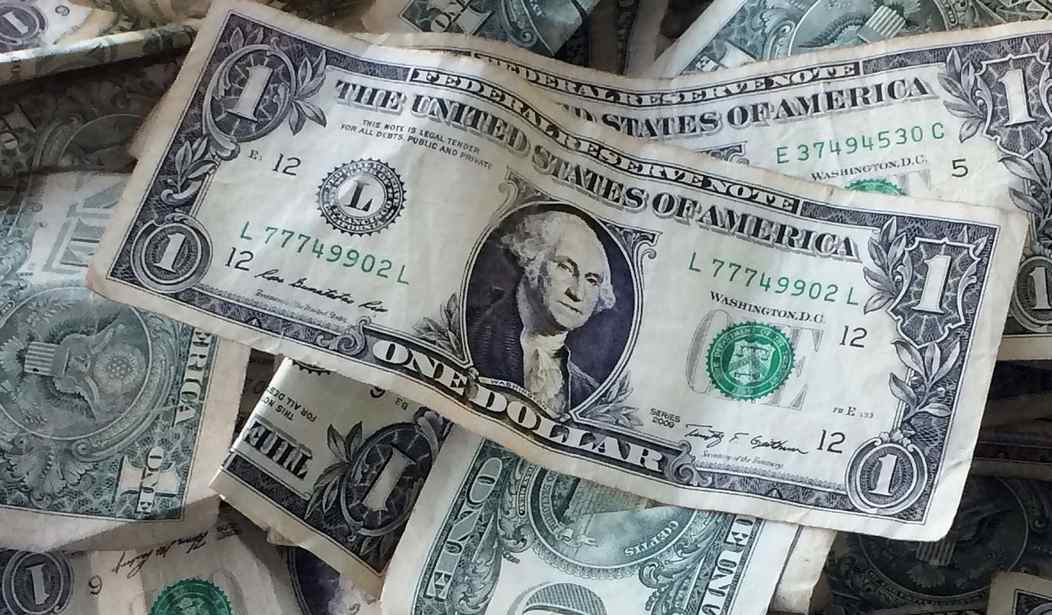

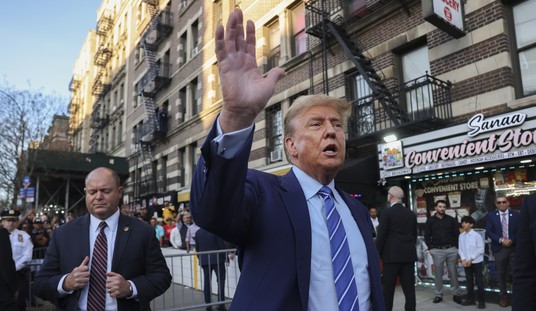
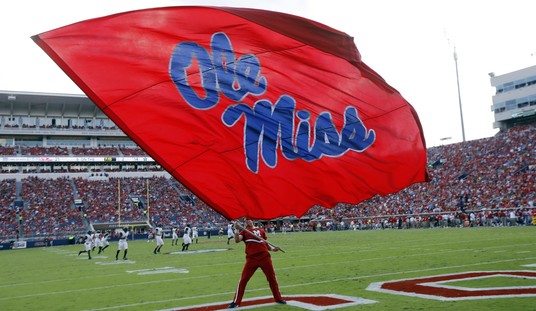
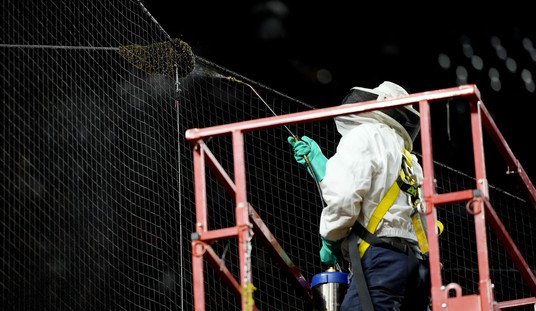
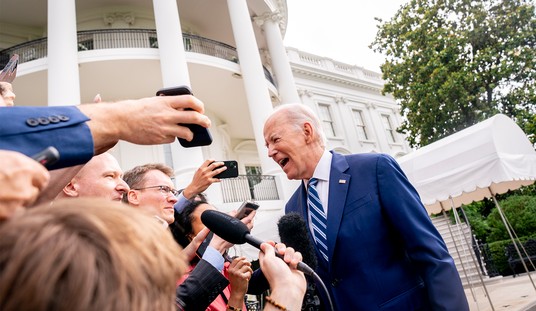
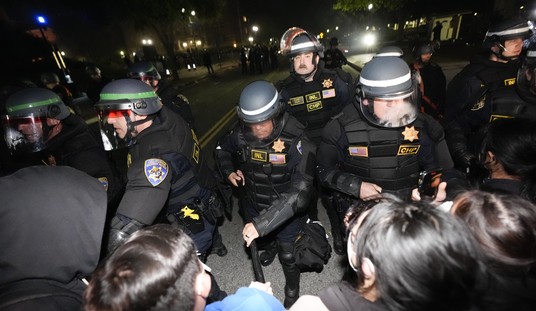

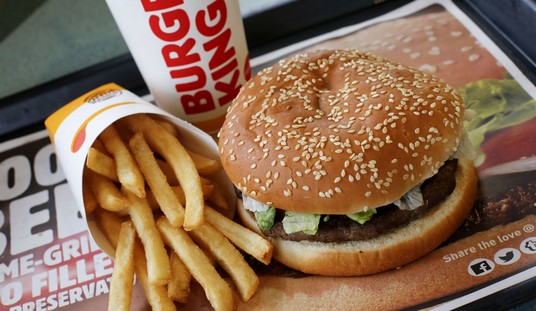
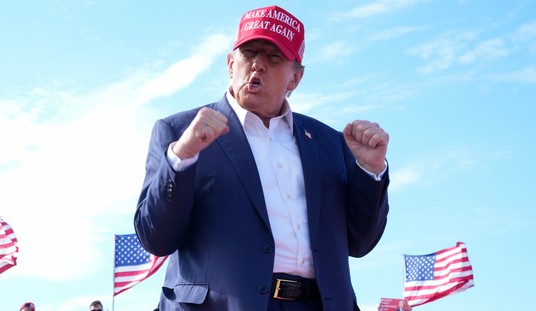

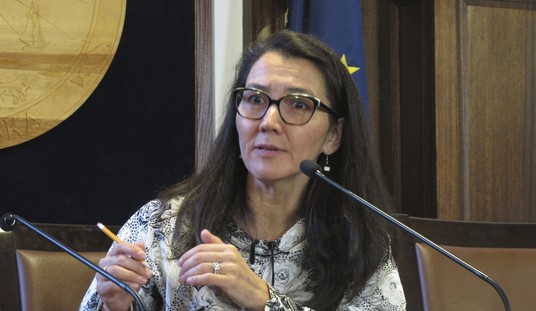

Join the conversation as a VIP Member